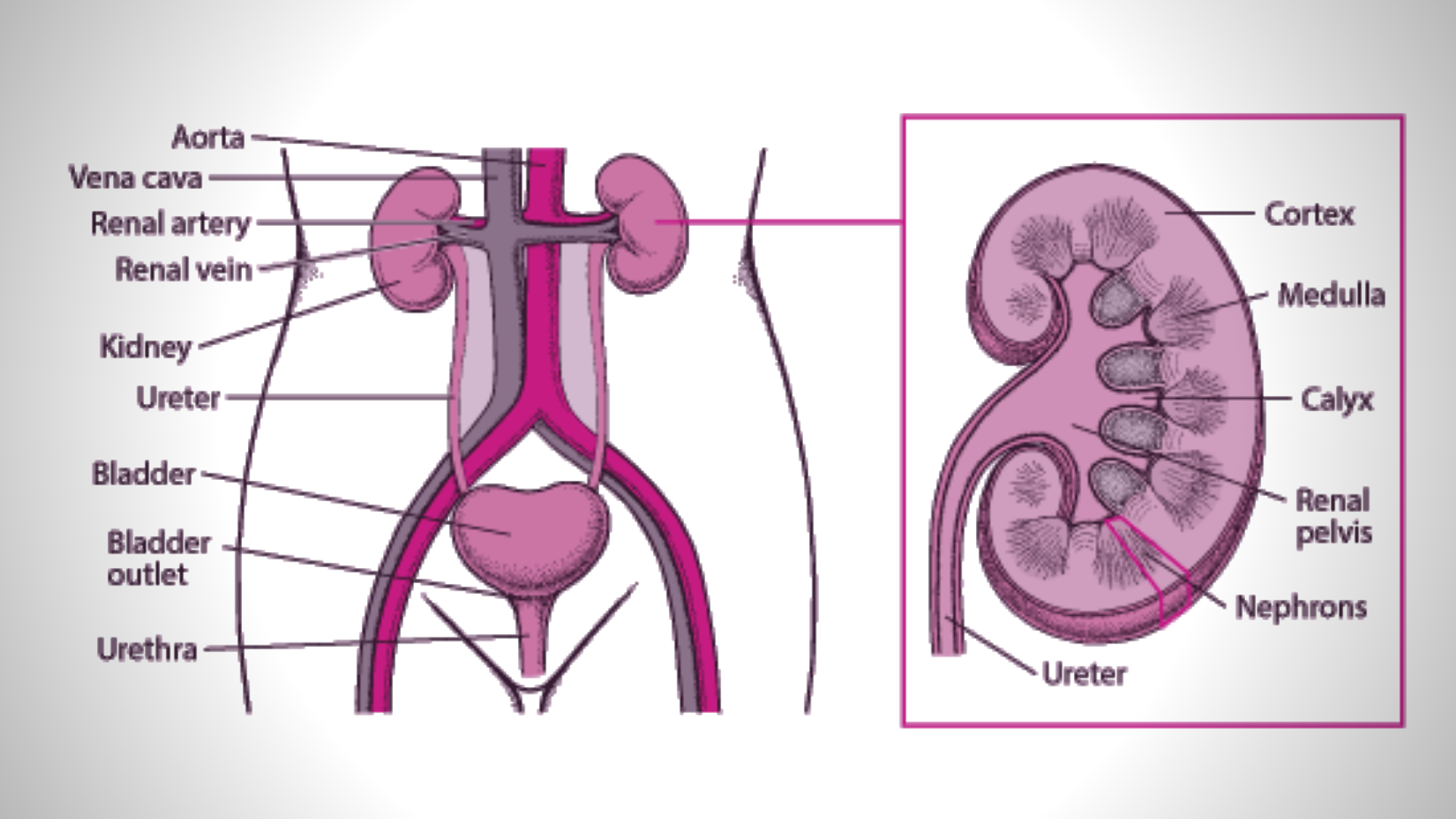What is meant by “Urinary Tract”?
It is the system for removing waste and extra fluid from the body. It comprises the kidneys, ureters, bladder, and urethra.
What is a urinary tract infection?
Infection in any part of the urinary tract is called a urinary tract infection (UTI). It is more common in the bladder and urethra.

In whom does it occur?
It is more common in females than in males, due to a shorter urethra, proximity of urethral opening to vagina and anus, and can occur in pregnancy.
What are the common organisms in UTI?
E. coli, Proteus, Staphylococcus, Klebsiella
Is normal urine sterile?
Yes.
What signs/symptoms should make me suspect UTI?
Burning sensation in urine, increased or decreased frequency of urination, fever, chills, shivering, blood or pus in the urine, and (later on) pain in the abdomen. It can lead to inflammation of the urethra, the bladder, or (in males) the prostate.
What are the routes of infection?
The commonest is an ascending infection from the urethra. Unusual routes are the bloodstreams or the lymphatics.
How is UTI diagnosed?
Common tests are urine examination (routine and microscopic), urine culture, and blood cell counts. In advanced cases, your doctor may recommend special tests.
How do I collect my urine sample?
A mid-stream sample of urine is needed, to avoid contamination. Your lab will explain how.
Can the sample be stored?
It’s best to give it to the lab immediately. In case of delay, refrigerate it. Ask your lab for details.
What other conditions predispose to UTI?
Kidney stones, prostatic enlargement (in males), pregnancy (in females), among others.
How is UTI treated?
Antibiotics are the mainstay of treatment.
What if I have UTI in pregnancy?
UTI in pregnancy needs prompt, special care. Discuss with your gynecologist.


Leave a Reply